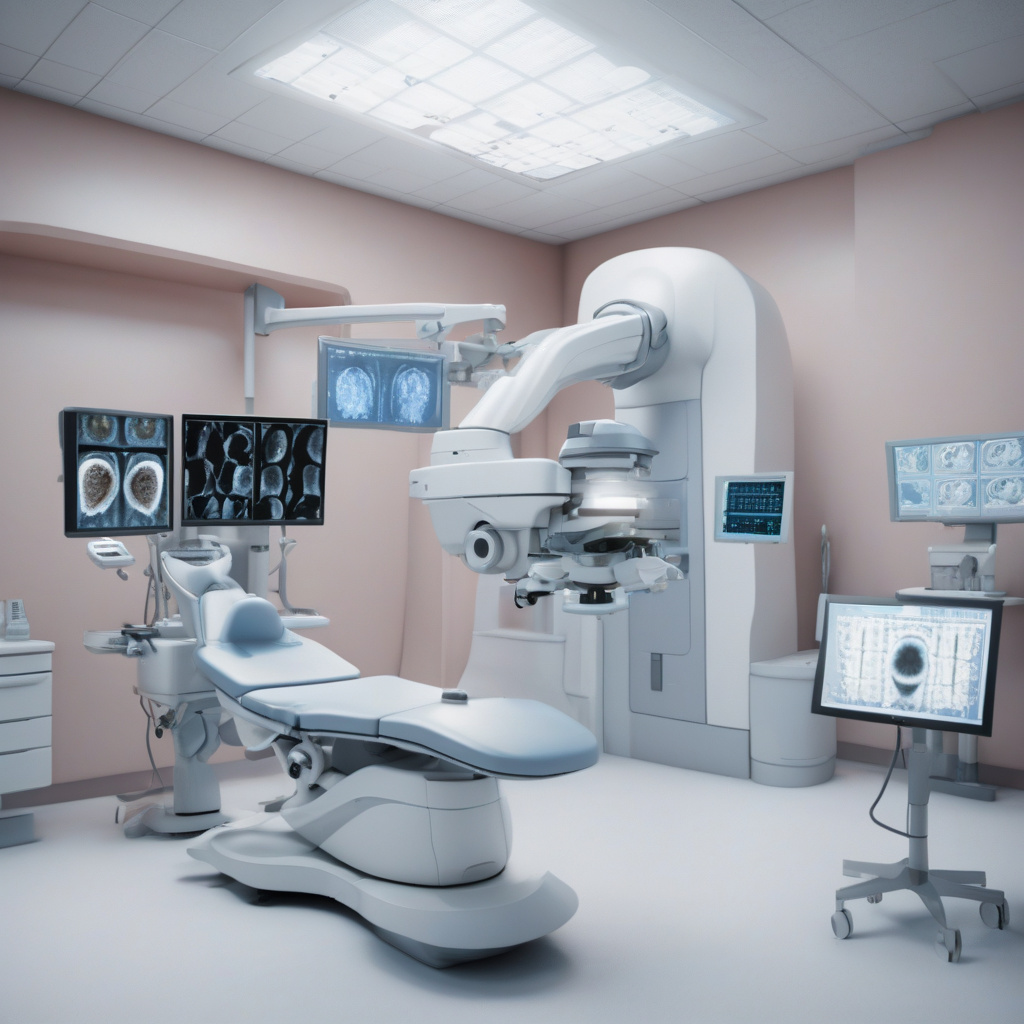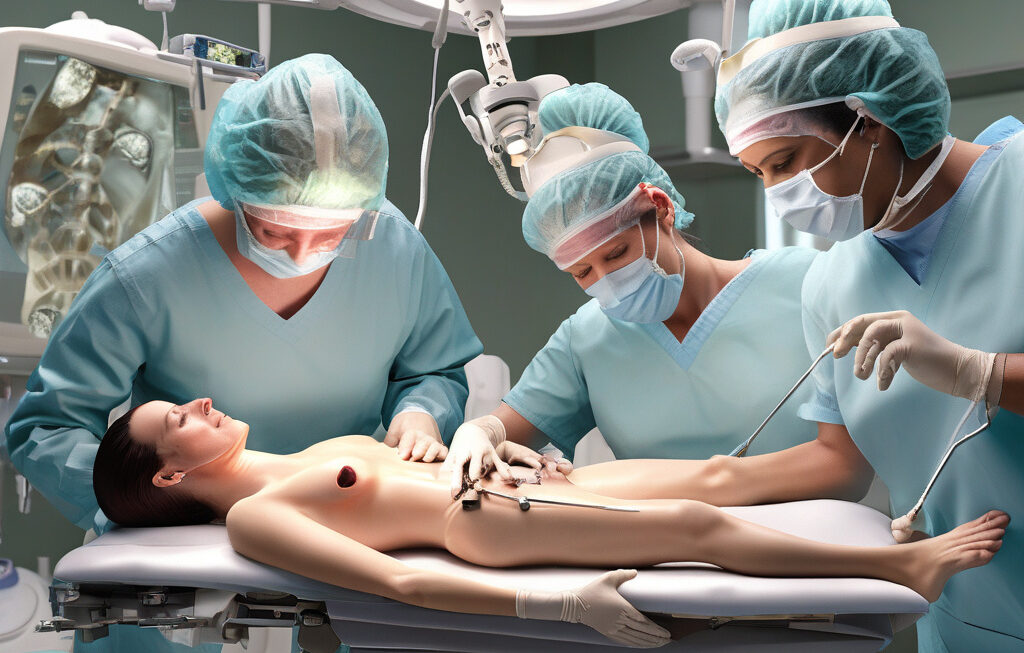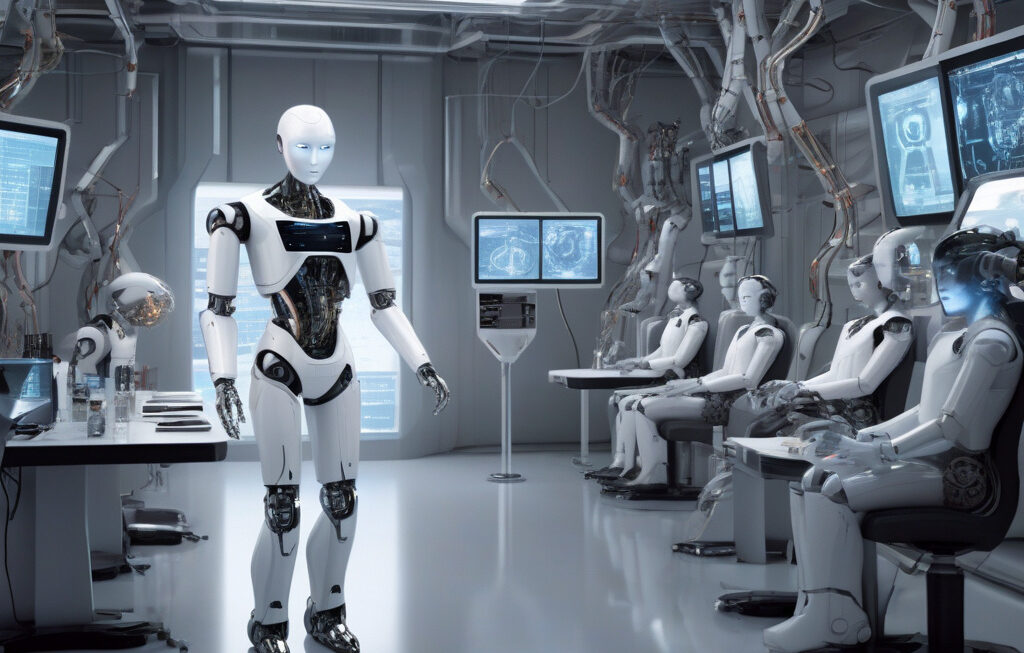AI System Screens Diabetic Eye Disease with Near-Perfect Accuracy
The advancement of artificial intelligence (AI) continues to revolutionize various industries, with healthcare being one of the key beneficiaries. In a groundbreaking development, researchers have unveiled an AI system capable of screening diabetic eye disease with near-perfect accuracy. This technological marvel not only boasts impressive precision but also has the potential to screen billions of individuals worldwide, ultimately preventing avoidable blindness.
Diabetic retinopathy is a common complication of diabetes and a leading cause of blindness among adults. Early detection and timely treatment are crucial in preventing vision loss. However, the traditional methods of screening for diabetic eye disease are often time-consuming, labor-intensive, and prone to human error. The emergence of AI-driven solutions promises to overcome these challenges and enhance the efficiency and accuracy of disease detection.
The AI system developed by researchers leverages deep learning algorithms to analyze retinal images and detect signs of diabetic retinopathy. By training the system on a vast dataset of images, the AI model has achieved an impressive level of accuracy in identifying the disease. In fact, preliminary tests have shown that the AI system can screen diabetic eye disease with near-perfect accuracy, outperforming human experts in the process.
One of the key advantages of the AI system is its scalability. With the ability to process vast amounts of data quickly and accurately, this technology has the potential to screen billions of individuals for diabetic retinopathy on a global scale. By automating the screening process, healthcare providers can reach a larger population, particularly in underserved areas where access to specialized eye care may be limited.
Moreover, the AI system offers a cost-effective and time-efficient solution for screening diabetic eye disease. By reducing the need for manual evaluation of retinal images, healthcare facilities can streamline their screening processes and allocate resources more effectively. This not only improves the overall efficiency of the healthcare system but also ensures that patients receive timely interventions to prevent vision loss.
The implications of this AI-driven innovation are profound. By enabling early detection of diabetic retinopathy with near-perfect accuracy, the AI system has the potential to save millions of individuals from preventable blindness. Timely intervention and treatment can help preserve the vision and quality of life of patients with diabetes, reducing the burden on healthcare systems and society as a whole.
As with any technology, the implementation of AI in healthcare also raises important considerations regarding data privacy, regulatory compliance, and ethical use. It is essential for researchers, healthcare providers, and policymakers to address these challenges proactively and ensure that AI systems are deployed responsibly and in accordance with established guidelines.
In conclusion, the development of an AI system that can screen diabetic eye disease with near-perfect accuracy represents a significant milestone in the field of healthcare technology. By harnessing the power of artificial intelligence, researchers have opened up new possibilities for early disease detection, intervention, and prevention. The potential impact of this innovation on global eye health is immense, offering hope for a future where avoidable blindness is no longer a widespread threat.
AI, Healthcare, DiabeticEyeDisease, Innovation, PreventiveMedicine











